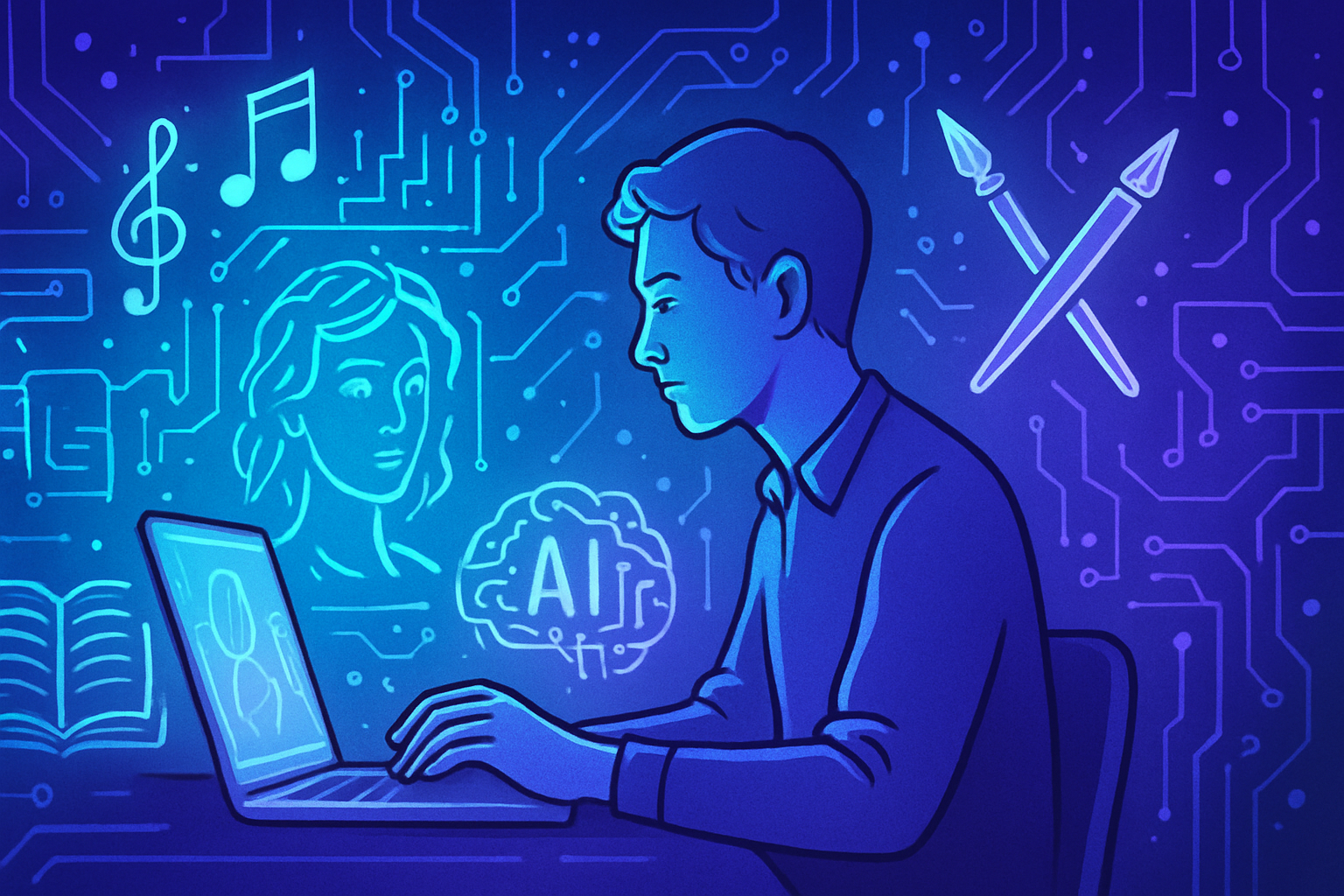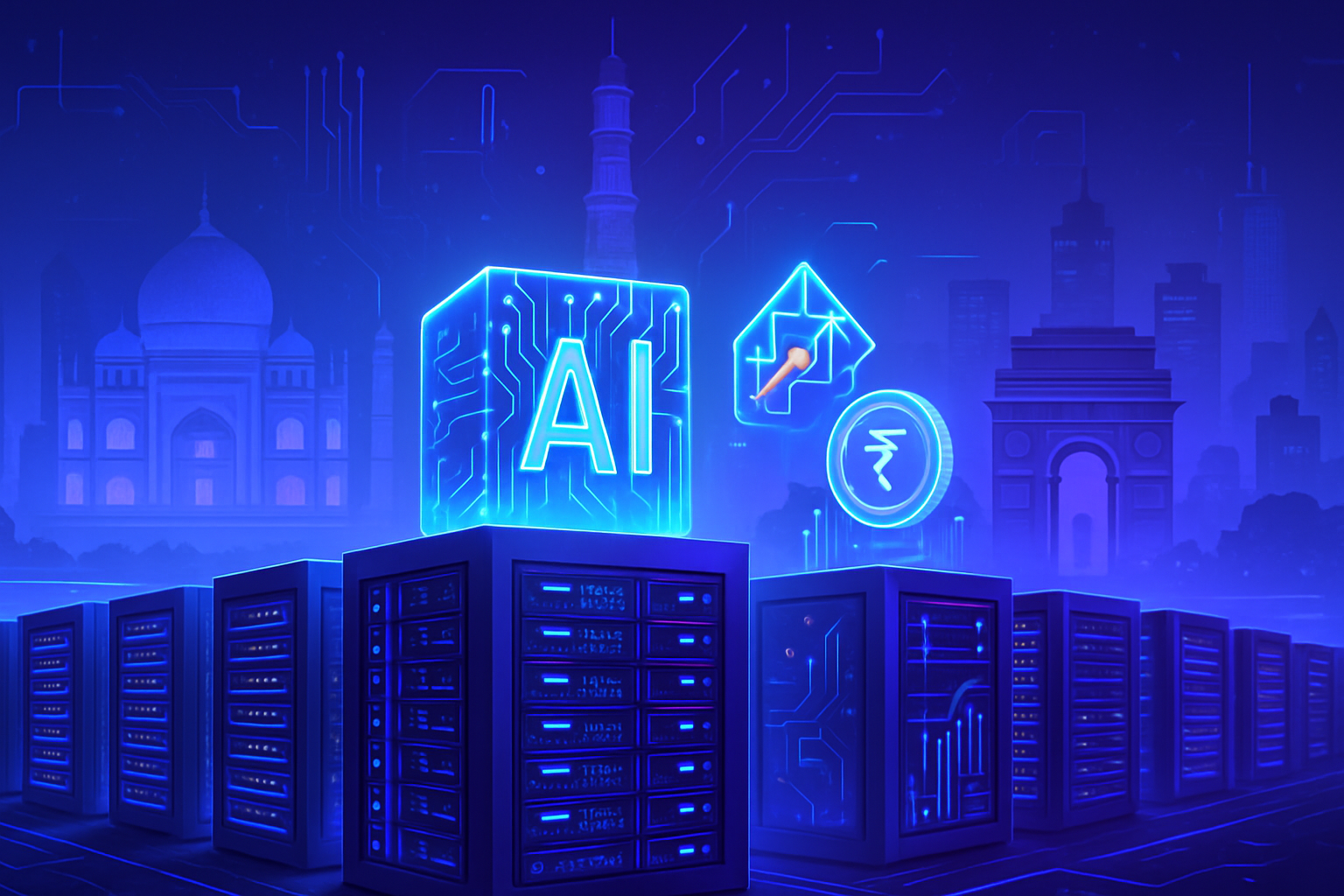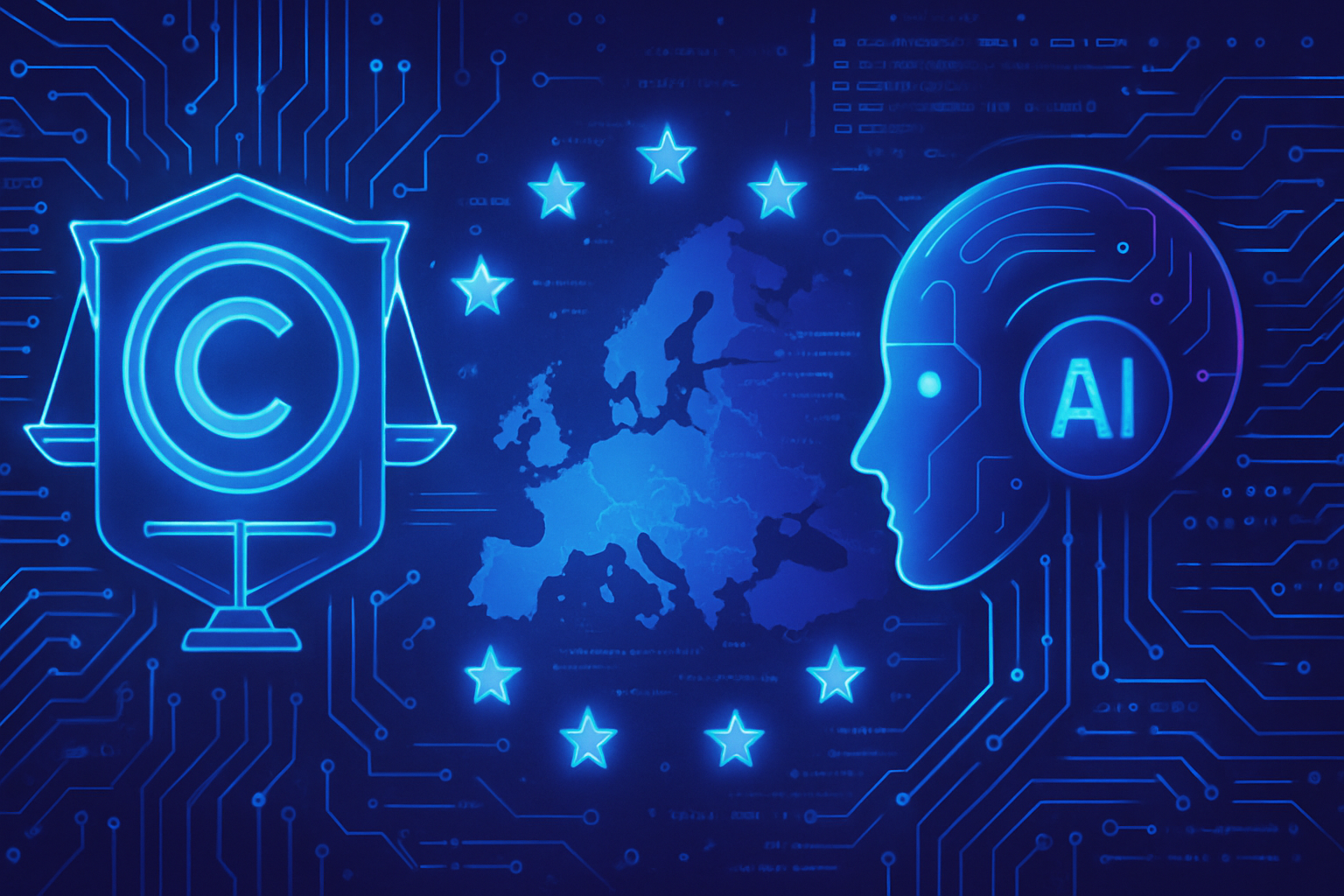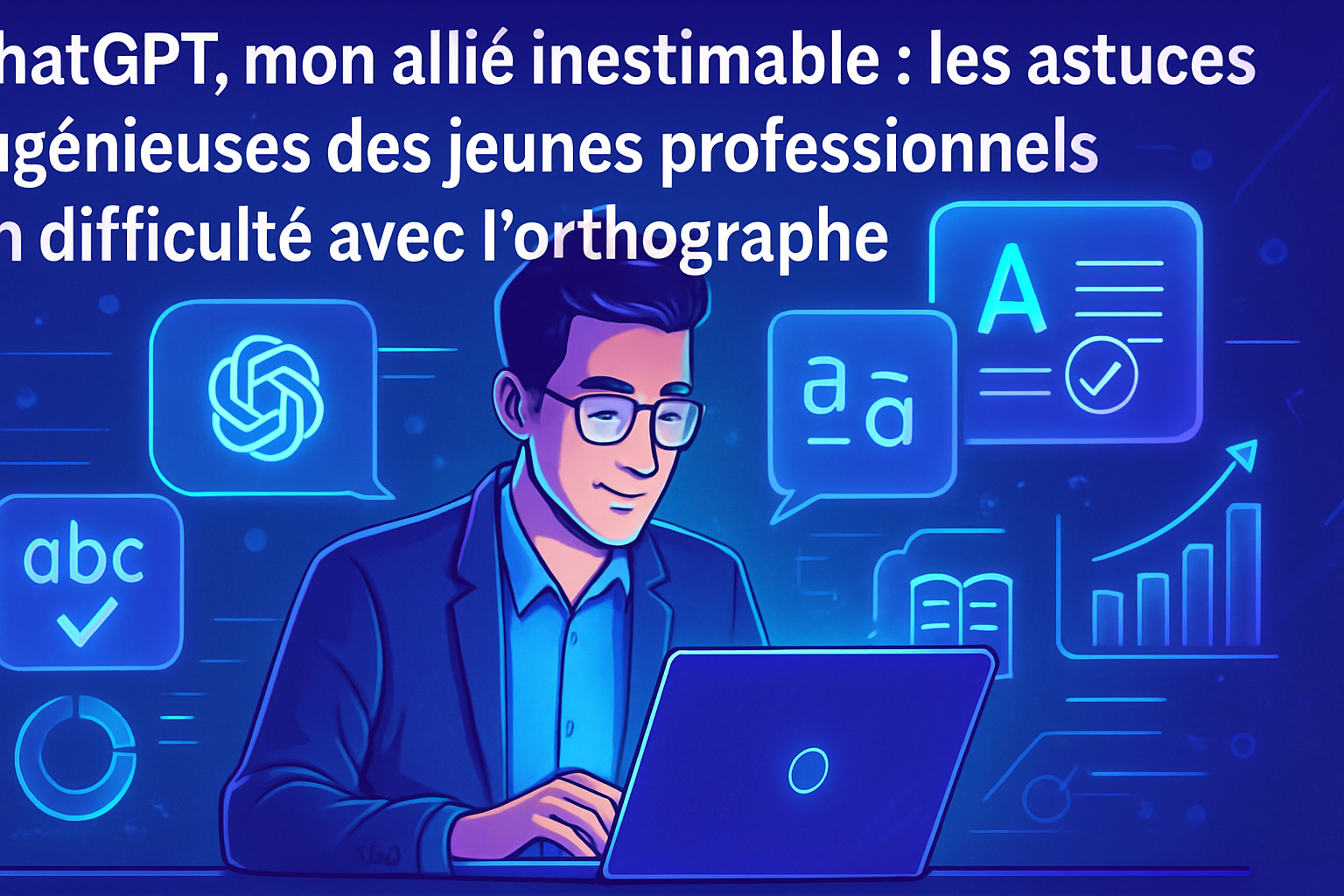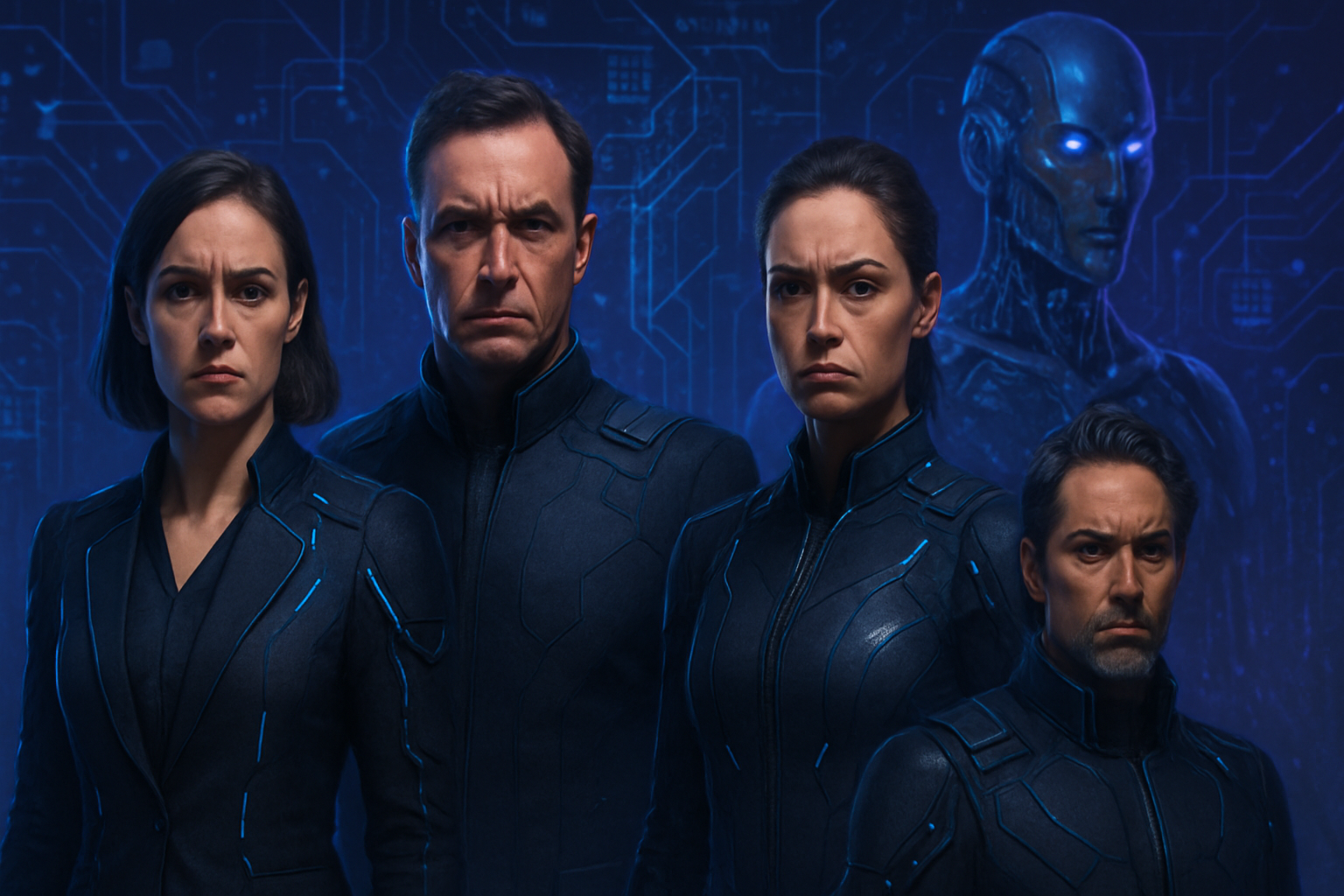Artificial intelligence is redefining the contours of creative professions, provoking both fascination and perplexity. The synergy between human creativity and algorithms could give rise to works of unparalleled richness. Far from being a mere tool, AI raises questions about its potential to hinder the originality of creations. Celebrated for its ability to quickly generate content, it paradoxically becomes a challenge for artistic singularity. The future of artistic professions is being built at the crossroads, where innovation and human emotion coexist.
The transformations of creative professions
The emergence of artificial intelligence has triggered deep mutations within creative professions. Do these transformations limit creativity or stimulate it? Agencies must redefine their approach to work by integrating generative tools.
Creative industry professionals are navigating this new paradigm with a dual concern: the efficiency that AI provides on one hand, and the preservation of their artistic identity on the other. Producing visuals in record time is appealing, but the question of authenticity arises. How do we retain the human touch in the face of machines capable of producing works?
The search for balance between humans and machines
The complementarity between humans and generative AI can foster enriching co-creation. Creative professions cannot forgo human intuition, emotion, and artistic sensitivity. It is a delicate balance, where artists become technicians while preserving their essence. The role of the artist is shifting more towards consultancy, guidance, and project support.
This shift toward a consultancy-centered model shows how AI becomes a support, facilitating artistic exploration rather than replacing it. Thus, artists can test diverse styles in mere moments, opening up unprecedented perspectives. Each project is enriched by this speed of execution while maintaining the creator’s vision.
Risks and concerns
The dangers associated with the use of AI must be addressed straightforwardly. The homogenization of creations is one of the main risks. If all professionals rely on the same tools, originality will inevitably be compromised. Works generated by AIs can give the impression of a lack of personality and uniformity.
Another concerning aspect lies in the issues of intellectual property. The lack of clarity about the authorship of works created by algorithms generates complications that could affect the creative ecosystem. The current legal void encourages reflection on copyright in the context of AI-generated productions.
Clients’ hesitations
Clients, often intrigued by AI, also express fears. Questions arise about the quality and creativity of the results obtained. The fear of receiving a “ robotic image ” without true character is common. Furthermore, the management of sensitive data raises concerns about privacy.
Transparency becomes imperative to reassure clients. Explaining that AI is a tool serving human creativity, rather than a substitute, helps to alleviate these fears. Offering comparisons between immediate results with and without AI highlights the added value of both approaches.
Maintaining graphic identity
To counter homogenization, systematic approaches are being implemented within agencies. The artists at Your-Comics, for example, commit to creating customized styles to ensure the originality of each project. This strategic choice, although time-consuming, preserves the graphic signature and distinguishes the production from other companies.
AI is integrated as a support, for instance, to generate textures or backgrounds. The importance of the human touch in the creative process in an increasingly digital world must be emphasized.
The future of creative professions with AI
Expectations around creative professions are evolving towards artisans capable of combining artistic techniques with mastery of artificial intelligences. By 2030, these professionals will need to juggle their creativity, storytelling sense, and technological competence. This requires a reformulation of training.
Schools must adjust to include these tools not as threats, but as complementary disciplines. It is essential to learn how to use AI to transform the creative process into a smoother and faster experience, while maintaining the magic of humanity.
Frequently asked questions
How does AI influence creativity in artistic professions?
AI acts as a facilitating tool, allowing artists to explore new ideas, automate repetitive tasks, and experiment with different styles quickly. This increases creative possibilities while enabling artists to focus on the vision and emotion of their work.
Can AI tools harm the originality of creations?
Yes, there is a risk of homogenization of creations if artists rely solely on similar AI models. It is crucial for artists to take the time to add their personal touch and avoid reproducing overly familiar styles.
What skills should artists possess in a world with AI?
Artists of the future will need to combine their creative expertise with technical skills to interact effectively with AI tools. This includes the ability to “prompt” intelligently to achieve the best results from machines.
What is the role of human intelligence in the AI-assisted creative process?
Human intelligence remains at the heart of the creative process. AI is a tool that aids in production, but it is the artist who brings emotion, the original idea, and the narrative sense—the essential elements of any authentic work.
Are clients worried about the use of AI in creative projects?
Yes, many clients express concerns about the creativity and uniqueness of AI-generated results. Transparency and communication are essential to reassure them about using AI as a complement to human creativity.
How do creative agencies differentiate themselves in a landscape where AI is omnipresent?
Agencies must emphasize their human expertise by offering personalized approaches and developing unique styles. The integration of AI should be viewed as a means to enhance their creative offerings rather than replace human creativity.
What training programs should be established to prepare future creators for the AI era?
Art schools should integrate AI as an important subject of study, teaching students to use these tools as allies. This will allow future creators to navigate between technology and creativity with ease.
What are the main benefits of AI for creativity?
The main benefits include increased productivity, the ability to explore multiple concepts quickly, and the capacity to test various styles and approaches without wasting time, which enriches the overall creative process.
